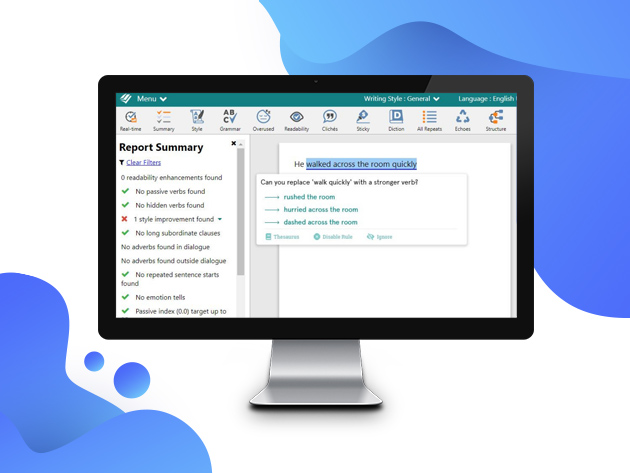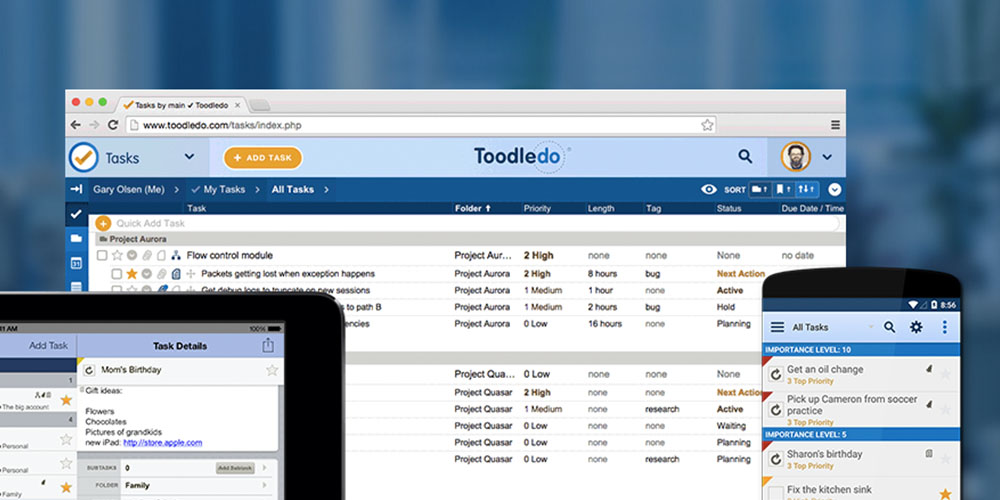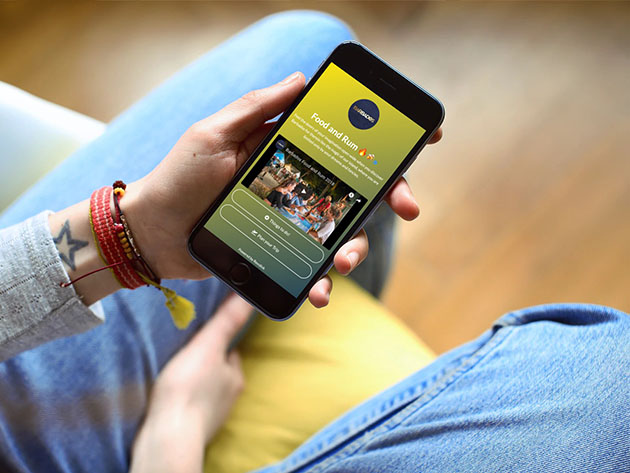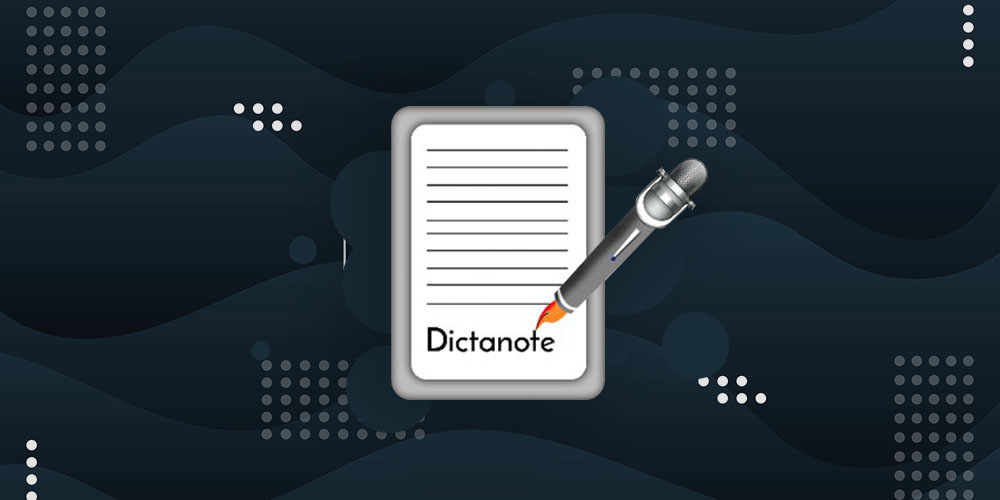When you have a huge pile of work to get through, productivity is important. Whether you’re part of a team or running your own business, these courses and apps should help you get things done. Use code BFSAVE15 to save an extra 15% off these discounted resources at the XDA Developers Depot.
Sales Skills Mastery Course: Close More Sales

As a sales rep, there is nothing more frustrating than spending hours talking to a lead who does not buy. This course shows you how to seal the deal, with 34 tutorials teaching proven techniques. Normally $200, the course is now just $10.19 with the code.
The Ultimate VMware Mastery Bundle

Virtualization lets you use multiple business apps and operating systems on the same server, saving major computing resources. This bundle shows you how, with 26 hours of training on the popular VMware concept. Order now for $16.99 with the code to get lifetime access, worth $399.
The Complete Digital Advertising Super Bundle

If marketing is your niche, this three-course bundle offers essential knowledge on advertising. Through concise video lessons, you learn how to attract eyeballs via Google, YouTube and LinkedIn. Worth $1,497, the training is now $67.14 with the code.
ProWritingAid Premium: 1-Yr Subscription

Whether you’re crafting an email or writing a report, spelling mistakes and grammatical errors look bad. ProWritingAid Premium can save your blushes, using AI to find flaws in your writing. Order now for $25.49 to save a half on a one-year subscription.
Toodledo Plus Online Task Manager: Lifetime Subscription

Available on iOS, Android and online, Toodledo Plus lets you save tasks as they arrive via email or the web. You can also set custom alarms and receive timely task reminders. You can get a lifetime subscription now for just $33.99 with the code, saving over $250.
The Complete QuickBooks Guru Bundle

Designed for small business owners and freelancers, Quickbooks is one of the best accounting apps around. This bundle helps you master the platform (software not included), with seven courses and 85 hours of training. Worth $1,400, the bundle is now only $24.65 with the code.
Sticky Password Premium: Lifetime Subscription

Ever spend half the day trying to retrieve your login details? You won’t with Sticky Password. This secure app stores your passwords and lets you log in to any known site in seconds. It can even autofill forms for you. Worth $199.99, lifetime subscriptions are now $19.99.
The Salesforce Certification Essentials Bundle

This Salesforce training bundle shows you how to create apps for the world’s most popular CRM. You also learn Salesforce admin skills and how to organize data with Tableau Desktop 10. Offering 46 hours of training in total, the bundle is now just $33.99 with the code (worth $1,500). Please note that neither Salesforce nor Tableau software are included with the training.
Revolink Page Builder & Link Shortener Pro Plan: Lifetime Subscription

If you want to capture more customers on mobile, Revolink can help. This platform lets you build smartphone-friendly landing pages, complete with social media, videos, music, booking forms, and analytics. Order now for $33.99 with the code to get a lifetime Pro subscription, worth $2,940.
Dictanote Pro: Lifetime Subscription

With Dictanote Pro, you can dictate emails, meeting notes, and to-do lists with 90% accuracy in 40 languages. The app can even turn your written notes into editable text. You can get a lifetime subscription now for $16.15 with code, saving over 90% on the standard price.
Prices subject to change.
When you have a huge pile of work to get through, productivity is important. Whether you’re running a business or you are an office footsoldier, these courses and apps should help you get things done. Use code BFSAVE15 to save an extra 15% this Black Friday week at the XDA Developers Depot.
Sales Skills Mastery Course: Close More Sales
As a sales rep, there is nothing more frustrating than spending hours talking to a lead who does not buy. This certified course shows you how to seal the deal, with 34 tutorials teaching proven techniques. Normally $200, the course is now just $10.19 with the code.
The Complete Digital Advertising Super Bundle
If marketing is your niche, this three-course bundle offers essential knowledge on advertising. Through concise video lessons, you learn how to attract eyeballs via Google, YouTube and LinkedIn. Worth $1,497, the training is now $67.14 with the code.
ProWritingAid Premium: 1-Yr Subscription
Whether you’re crafting an email or writing a report, spelling mistakes and grammatical errors look bad. ProWritingAid Premium can save your blushes, using AI to find any flaws in your writing. Order now for $25.49 to save a half on a one-year subscription.
Toodledo Plus Online Task Manager: Lifetime Subscription
Available on iOS, Android and online, Toodledo Plus lets you save tasks as they arrive via email or the web. You can also set custom alarms and receive timely task reminders. You can get a lifetime subscription now for just $33.99 with the code, saving over $250.
The Complete QuickBooks Guru Bundle
Designed for small business owners and freelancers, Quickbooks is one of the best accounting apps around. This bundle helps you master the platform, with seven courses and 85 hours of training. Worth $1,400, the bundle is now only $24.65 with the code.
Sticky Password Premium: Lifetime Subscription
Ever spend half the day trying to retrieve your login details? You won’t with Sticky Password. This secure app stores your passwords and lets you log in to any known site in seconds. It can even autofill forms for you. Worth $199.99, lifetime subscriptions are now $25.49 with the code.
The Salesforce Certification Essentials Bundle
This Salesforce bundle shows you how to create apps for the world’s most popular CRM. You also learn Salesforce admin skills and how to organize data with Tableau Desktop 10. Offering 46 hours of training in total, the bundle is now just $33.99 with the code (worth $1,500).
Revolink Page Builder & Link Shortener Pro Plan: Lifetime Subscription
If you want to capture more customers on mobile, Revolink can help. This platform lets you build smartphone-friendly landing pages, complete with social media, videos, music, booking forms, and analytics. Order now for $33.99 with the code to get a lifetime Pro subscription, worth $2,940.
Dictanote Pro: Lifetime Subscription
With Dictanote Pro, you can dictate email, meeting notes, and to-do lists with 90% accuracy in 40 languages. The app can even turn your written notes into editable text. You can get a lifetime subscription now for $16.15, saving 89% on the standard price.
The Ultimate VMware Mastery Bundle
Virtualization lets you use multiple business apps and operating systems on the same server. This bundle shows you how, with 26 hours of training on the popular VMware concept. Order now for $16.99 with the code to get lifetime access and certification, worth $399.
_ (function (s,o,n,a,r,i,z,e){s['StackSonarObject']=r;s[r]=s[r]||function(){ (s[r].q=s[r].q||[]).push(arguments)},s[r].l=1*new Date();i=o.createElement(n), z=o.getElementsByTagName(n)[0];i.async=1;i.src=a;z.parentNode.insertBefore(i,z) })(window,document,'script','https://www.stack-sonar.com/ping.js','stackSonar');
stackSonar('stack-connect-p', '228');
The post These Discounted Apps and Courses Will Boost Your Business’s Productivity appeared first on xda-developers.
from xda-developers https://ift.tt/2XoVu1h
via
IFTTT























